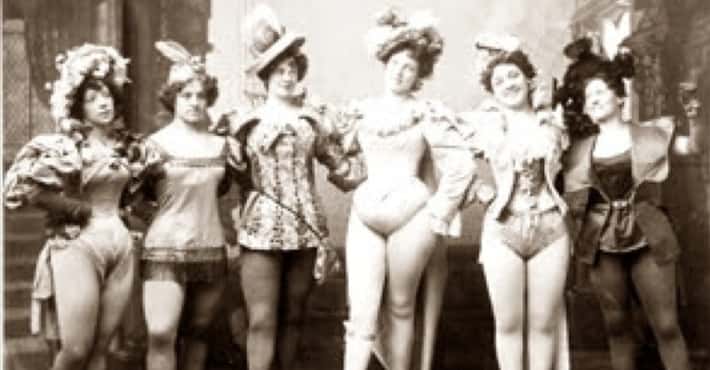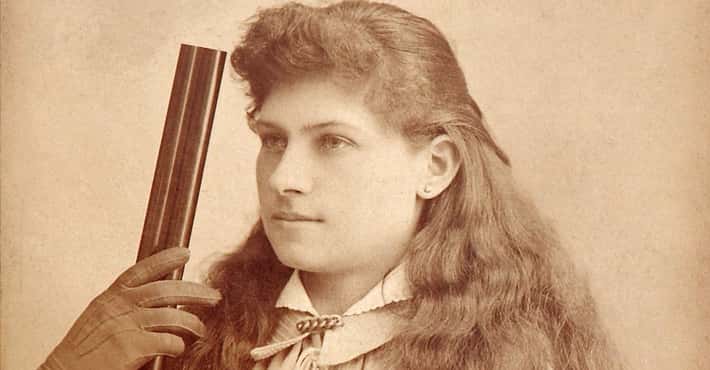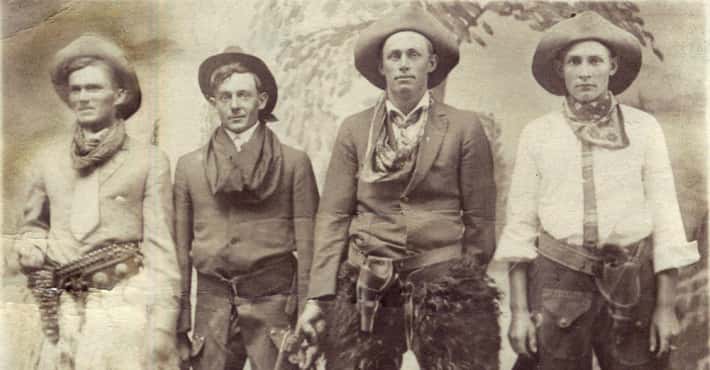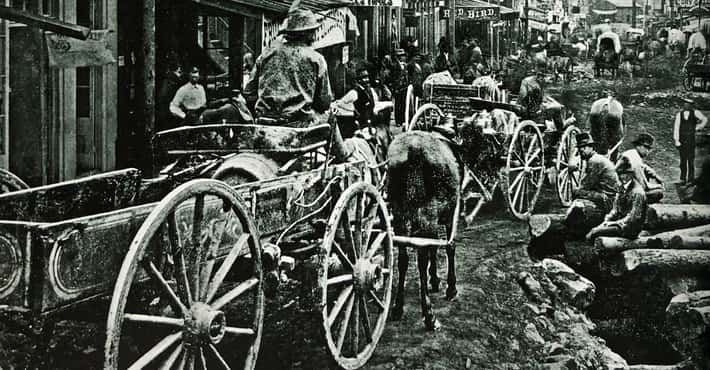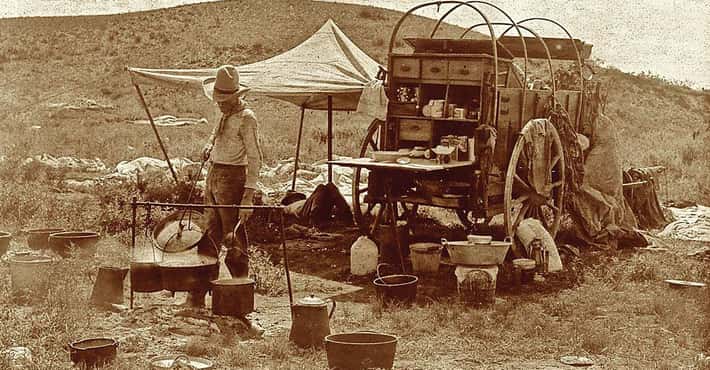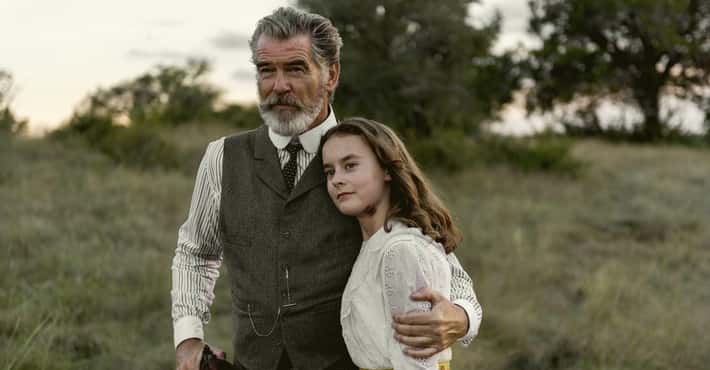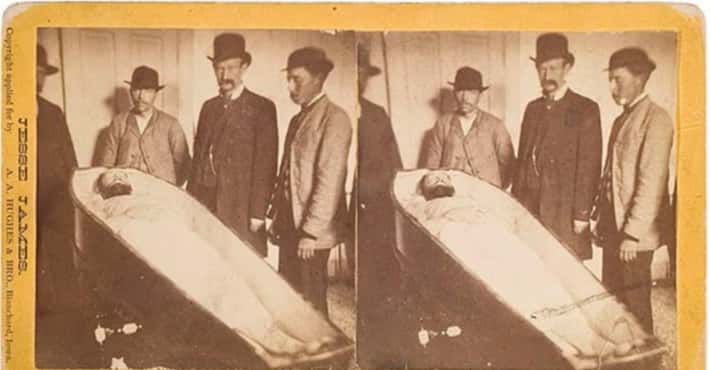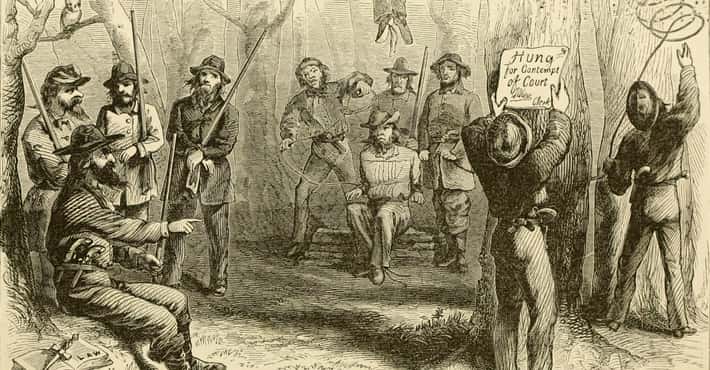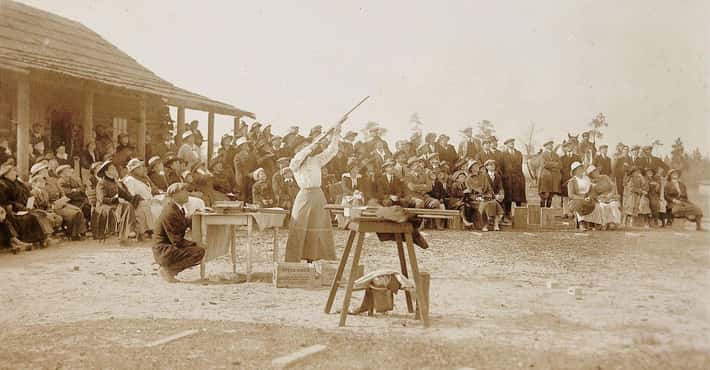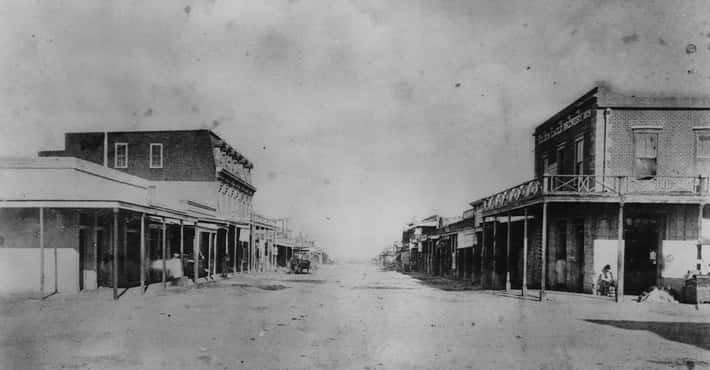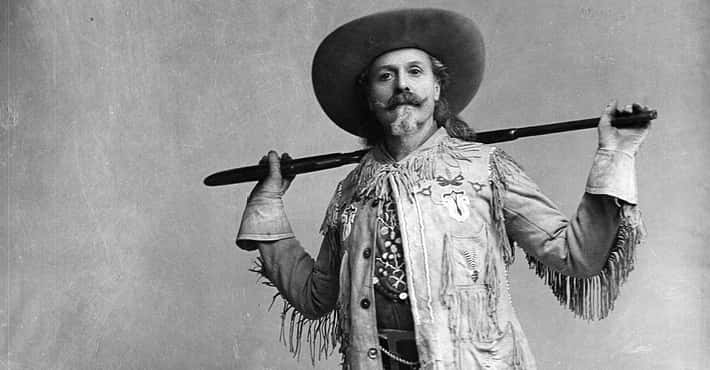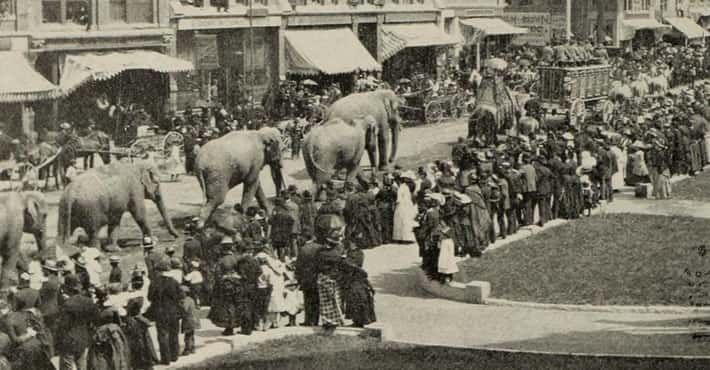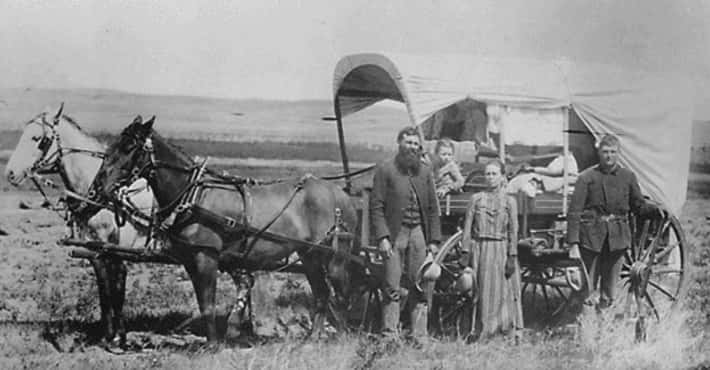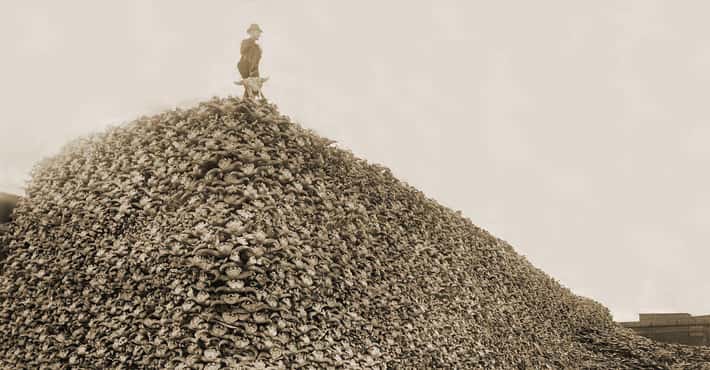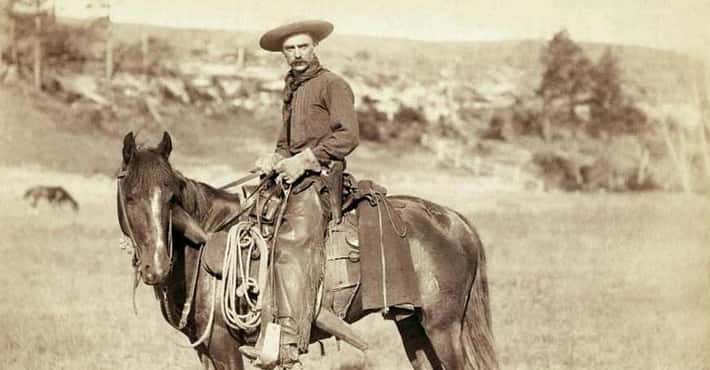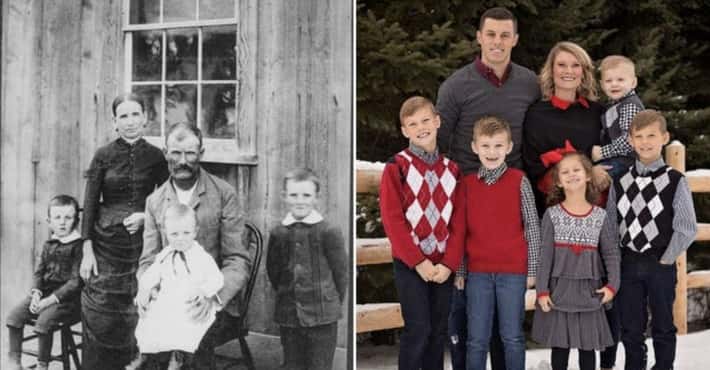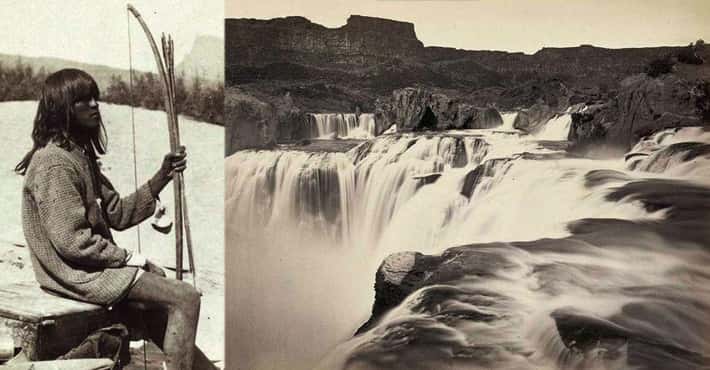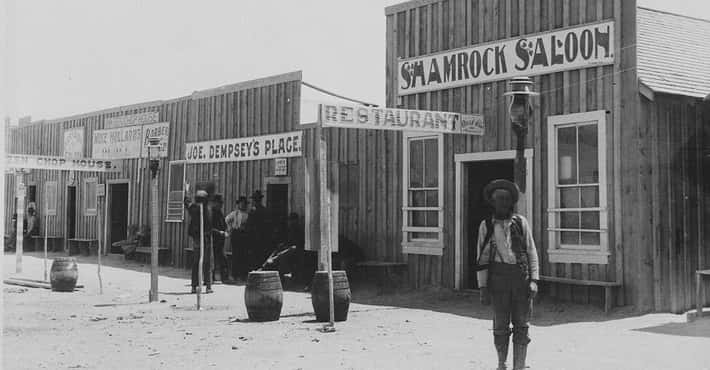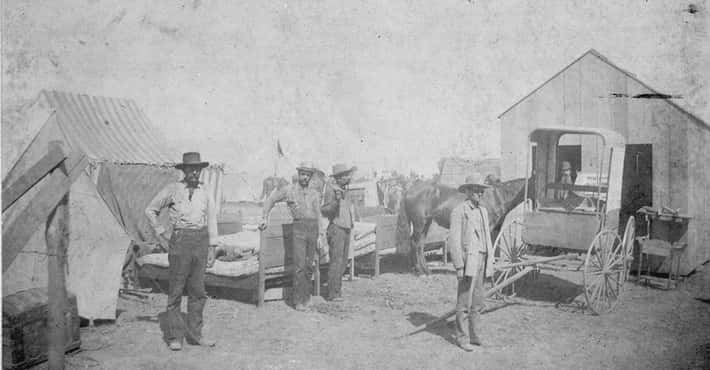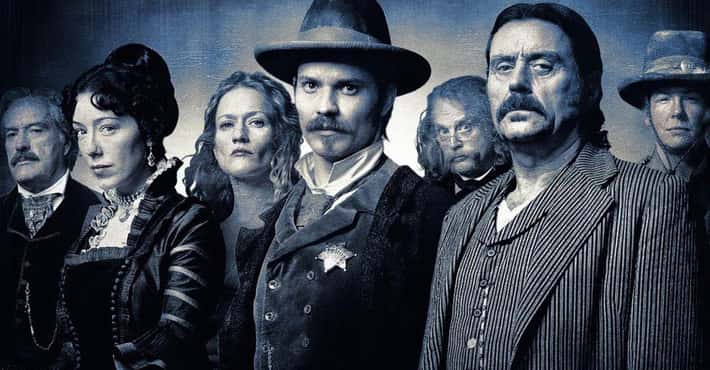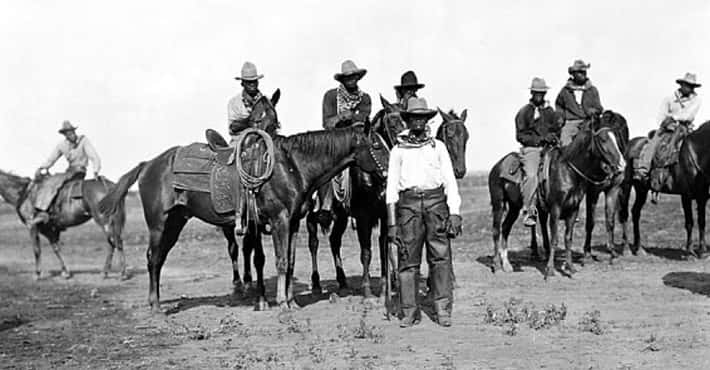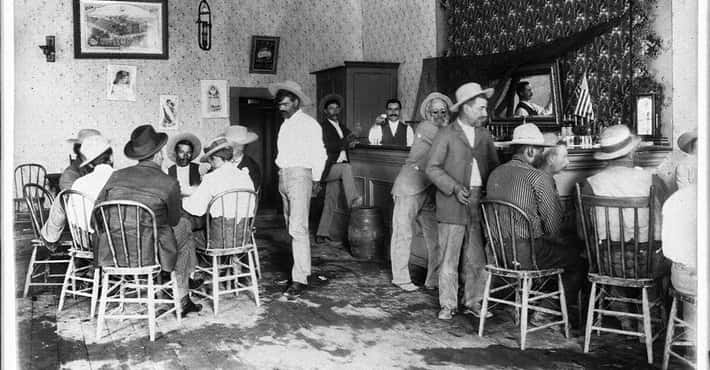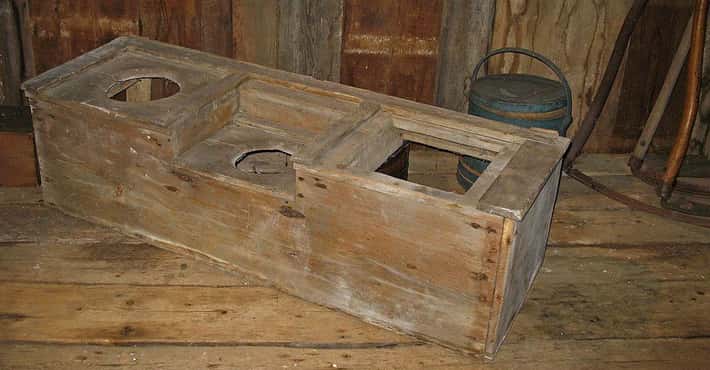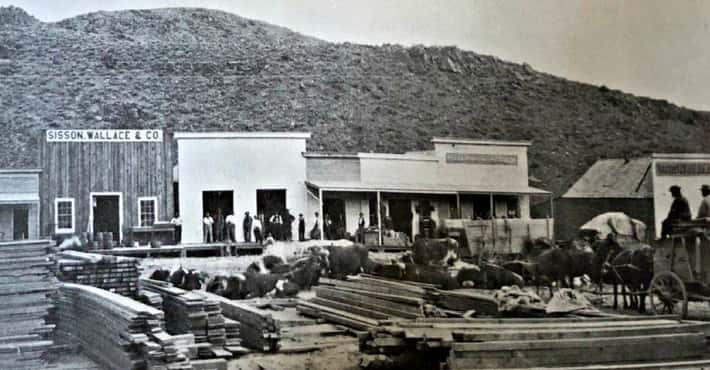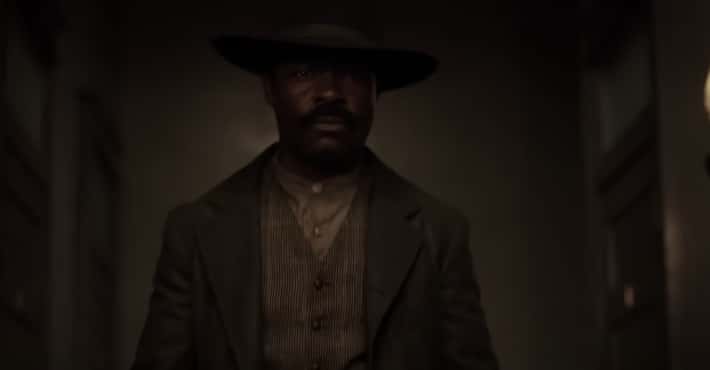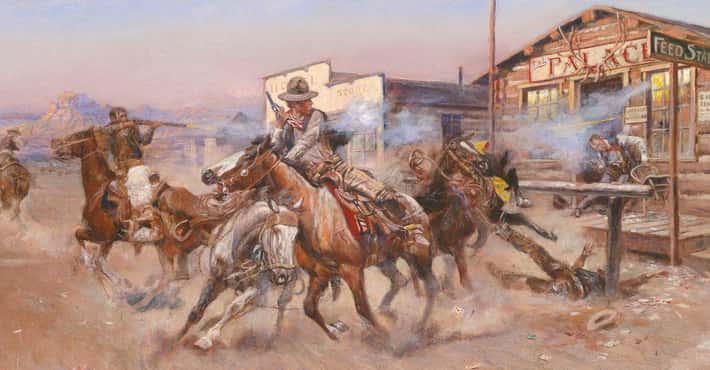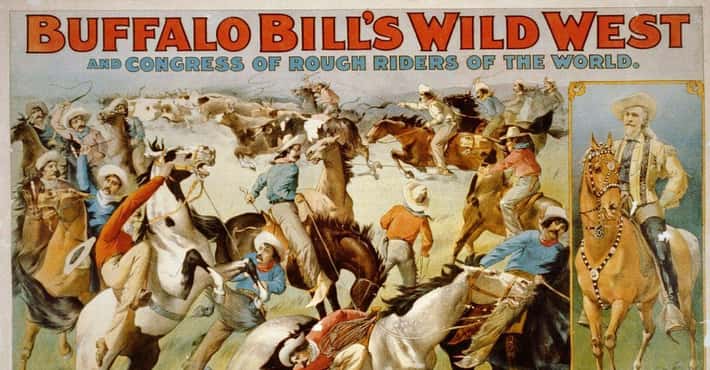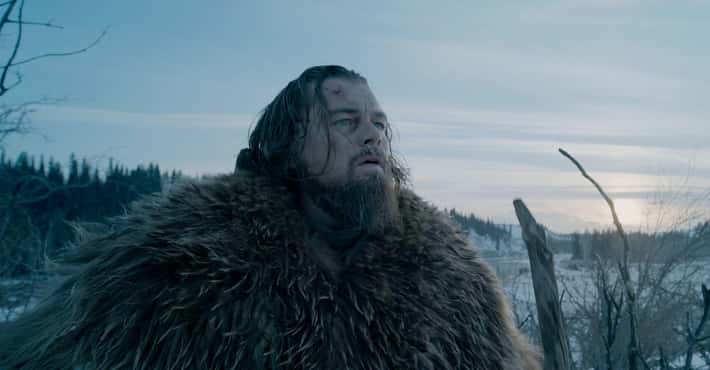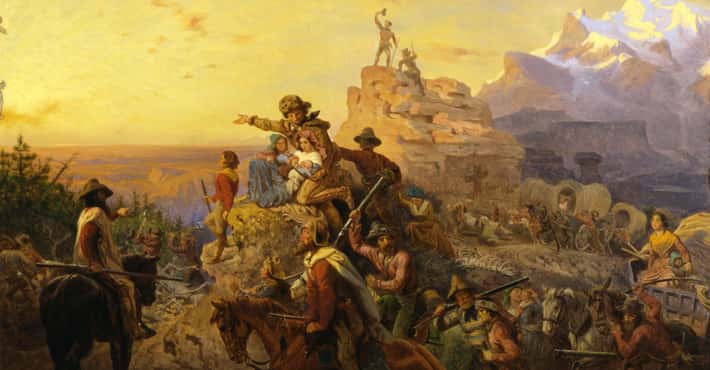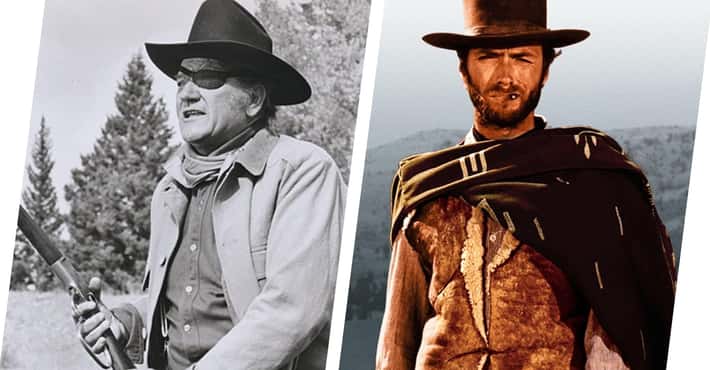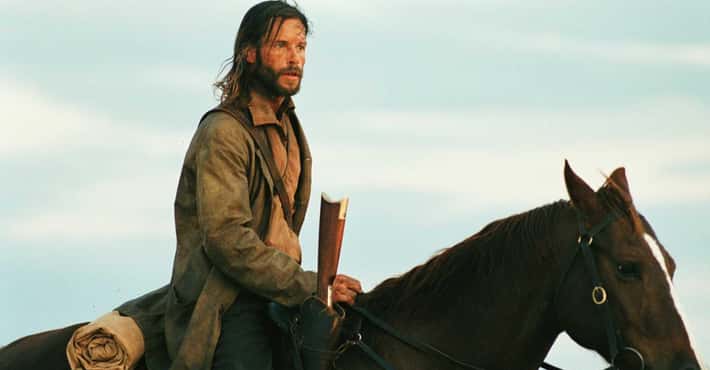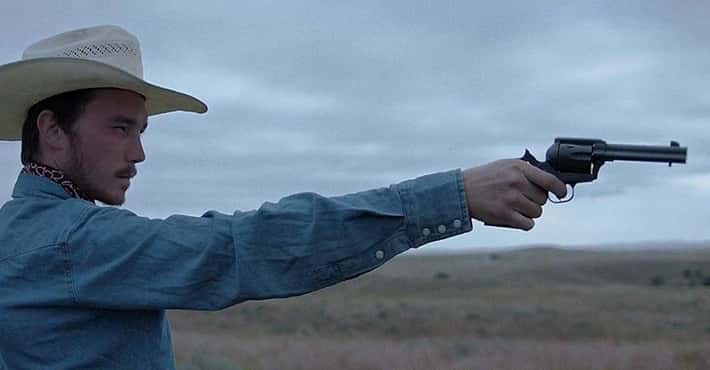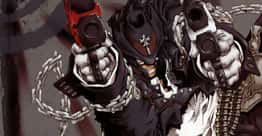
The Wild West Was As Wild As You Think - And 'Justice' Was Often Even Worse
- Photo: Robert Marr Wright / Wikimedia Commons / Public Domain
Homicide Rates In The West Were Extremely High
Homicide rates in the West were high, rivaled only by the violence of the American South during the Civil War and Reconstruction. An adult living in Dodge City, KS, from 1876 to 1885 stood a 1 in 61 chance of not surviving.
A resident of San Francisco, CA, from 1850 to 1865 had a 1 in 203 chance of a similarly rough end, while residents of some other counties in California had a 1 in 72 chance.
Oregon from 1850 to 1865 had the lowest homicide rate in the West: 1 in 208.
- Photo: Conkling Studio / Wikimedia Commons / Public Domain
Vigilantes Took Justice Into Their Own Hands
When a story attracted public anger, some settlers in the West were quick to take the law into their own hands. These vigilantes were idealized in popular contemporary accounts, but the justice they exacted was often brutal.
Not content with apprehension and execution, some vigilantes physically abused the accused. Some even took trophies - in 1891, the skin of a hanged bandit was tanned and made into souvenirs. Vigilantes justified their acts by pointing to the terrible acts the accused had allegedly committed.
- Photo: Historical/Contributor / Corbis Historical/Getty Images
Most Convictions Ended In Swift Executions
The life expectancy of someone who broke the law in the Wild West often decreased dramatically after conviction, especially for those accused of taking another person's life. Whether offenders received an official trial or one carried out by unsanctioned vigilantes, Western justice demanded blood.
In California, offenders were convicted in quick trials and hanged at the county courthouse. Execution usually came shortly after the conviction, as appeals and stays of execution were uncommon. If an expected execution did not happen or did not occur quickly enough for the crowd, vigilantes might take matters into their own hands.
In one 1851 case, vigilantes convicted a man of stealing gold dust and gave him a mere three hours to get his affairs in order before his hanging.
- Photo: Spalm jhu / Wikimedia Commons / Public Domain
Private Detectives Brought In Ne'er-do-wells By Any Means Necessary
The Wild West saw the rise of the Pinkerton detectives, a private agency commonly hired as bounty hunters for the most troublesome offenders. The Pinkertons infiltrated the Reno crew after their infamous train heist and worked to bring down Butch Cassidy and the Wild Bunch.
Despite the detectives' reputation, the outlaw Jesse James continued to elude them. In their pursuit of James, the Pinkertons lost the good will of the public when it became clear they would use whatever means necessary to get their man.
During a raid on James's mother's house in 1875, one of the Pinkertons threw an explosive through the window. It proved fatal to James's 8-year-old half brother and caused his mother to lose part of her arm. James wasn't at the house, as he had already fled after being tipped off.
With public opinion against them, the Pinkertons were forced to call off their pursuit.
- Photo: National Park Service / Wikimedia Commons / Public Domain
Vigilantes Sometimes Took Accused Offenders From Their Jail Cells
Even when the accused were caught and awaited trial, vigilante squads did not always have the patience to wait for a legal sentence or risk an acquittal. Instead, they showed up at the jail and demanded to deal with the offenders themselves.
In one 1878 incident, an accused killer was caught and taken to jail, with a trial scheduled for the next day. But during the night, "20 or 30 masked men" arrived at the jail with guns in hand. The vigilantes took the man and hanged him immediately.
- Photo: Unknown / Wikipedia / Public Domain
Death In The Line Of Duty Was Common For Lawmen
The West had a variety of legitimate lawmen, ranging from town sheriffs and marshals to the US Marshals appointed by the attorney general. US Marshals were charged with maintaining federal law, and they could deputize local men to form a posse when greater numbers were necessary. During this period, deaths in the line of duty were common.
The US Marshals alone had several deadly incidents. In 1872, a marshal and seven members of his posse were fatally shot when they tried to take a prisoner from the custody of a Cherokee court. In 1885, a deputy marshal and three members of his posse engaged in a deadly shootout. A prisoner escape claimed the lives of a deputy marshal and two posse members in 1887. Another did the same to two deputy marshals and one posse member in a 1893 shootout.
The Old West still holds records for the deadliest incidents involving multiple law enforcement causalities.
- Photo: C.S. Fly (1849–1901) / Wikimedia Commons / Public Domain
Many Towns Tried To Enforce Strict Gun Control
The Old West had no shortage of guns, creating a worrying situation for lawmen trying to prevent violent offenses. Most cities in the West had a simple solution: gun control. Towns like Tombstone, AZ, and Dodge City, KS, required visitors to surrender their guns when they entered the town. In fact, the 1881 shootout at the OK Corral started as a conflict over Billy Clanton and the McLaury brothers refusing to give up their guns when they entered Tombstone.
Anyone defying a Western town's gun control laws was likely to meet a violent end. Author and cowboy Andy Adams described the gun laws of Dodge City in his account published in 1903:
The buffalo hunters and range men have protested against the iron rule of Dodge's peace officers, and nearly every protest has cost human life. Don't ever get the impression that you can ride your horses into a saloon, or shoot out the lights in Dodge; it may go somewhere else, but it don't go there. ...
Most cowboys think it's an infringement on their rights to give up shooting in town, and if it is, it stands, for your six-shooters are no match for Winchesters and buckshot; and Dodge's officers are as game a set of men as ever faced danger.
- Photo: Harper's Weekly / Wikimedia Commons / Public Domain
Vigilante Justice Was Often Racially Motivated
Vigilante justice is inherently subject to the biases of the public, which often leads to the racially motivated selection of targets. The West was no exception, with plenty of ethnic minorities considered the "other" and regarded as a threat by white settlers. Hispanic, Native American, and Chinese people were frequent targets of vigilante acts in California.
In 1878, Native American Juan La Cruz was accused of attacking a woman and child while drunk. The woman and child were unharmed in the incident, but public anger turned against La Cruz. A mob seized the accused attacker from jail, and La Cruz was later found hanging in the woods.
When the body was found, one witness reportedly said, "You've done a good job, you reformers. Now why don't you hang the man who sold the whiskey to the Indian?"
- Photo: Welche Gordon / Wikimedia Commons / No Restrictions
Many Offenses Went Unpunished
Working with weak political organization and limited resources, many Western cities were unprepared to handle high crime rates. The justice system's lack of ability to punish offenders in many cases prompted the rise of unsanctioned vigilante justice.
As hopeful settlers struck out for California during the gold rush, Los Angeles, CA, became a hotbed of less-than-honorable actions. Los Angeles County, with a population of approximately 6,000 (made up of mostly young, single men), had a higher homicide rate than New York City. The county also had a high incidence rate of assault and other violent offenses.
In the face of the sheer number of offenses, the legal system had difficulty keeping up, and many went unpunished. One potential settler said, "This place will not do for me. There is no security here - I dare not venture out after the dark of night has set in."
- Photo: Unknown / Wikimedia Commons / Public Domain
San Francisco Residents Formed A Vigilante Committee
San Francisco, CA, was a gold rush boomtown with a rapidly increasing population, and that boom brought a sharp uptick in violent offenses. Tired of the ineffectual justice system, San Franciscans formed a vigilance committee in 1851 with around 200 members. During their time in action, they hanged many offenders and deported others.
As conditions improved, the committee disbanded. But in 1856, Irish Catholic politician James Casey fatally shot a newspaper editor who had accused him of involvement in illegal activity. Outraged San Franciscans formed a second vigilance committee. Casey had already been arrested by law enforcement, but 500 men from the committee surrounded the jail and demanded Casey. The vigilantes put Casey through a short trial and hanged him.
As with much vigilante justice, this incident showed bias: The vigilantes were mostly native-born American Protestants who had lost political power to recently immigrated Irish Catholics such as Casey.
- Photo: Unknown / Wikimedia Commons / Public Domain
Some Lawmen Also Turned To Illegal Activity
The West had many problems with vigilante justice, but the legitimate lawmen were sometimes not much better. Many law enforcement officers were not consistently paid, earning money only through taking a percentage of fines or collecting bounties on wanted men. In desperate times, some lawmen turned to crime themselves.
Corruption was a common problem among lawmen. Sheriff Dave Allison was accused several times of misappropriation of money. Henry Newton Brown was a deputy sheriff tasked with tracking people for bounty, but on his bounty hunt, Brown robbed a bank with three accomplices. A vigilante mob took matters into their own hands, enacting fatal punishment.
Timothy "Longhair Jim" Courtright used his position in law enforcement to run a protection racket that extorted profits from gambling dens and saloons. Courtright died in a duel with Luke Short, a former friend and saloon owner who refused Courtright's protection.
- Photo: Mathew Brady/Library of Congress / Wikimedia Commons / Public Domain
The US Government Executed Native Americans Indiscriminately
In 1862, a period of famine and encroaching white settlement led to conflict between the Santee Sioux and the US military under the direction of General John Pope. When the conflict ended a few months later, hundreds of Native Americans were taken prisoner and sentenced to death in military trials that lasted 10 minutes each. Most of these prisoners were convicted on the basis of being present when the fighting ended.
Military authorities wanted to execute all 303 convicted Santee Sioux, but President Abraham Lincoln was concerned with distinguishing between "individual acts and group warfare" and how executing prisoners of war would look to foreign powers. Lincoln approved the executions of 38 prisoners in the end, making it the largest mass execution in US history.
This was far from the end of indiscriminate executions of Native Americans, as the US government enforced increasingly dehumanizing policies. Generals William Tecumseh Sherman and Philip Sheridan fought against Native Americans, viewing those conflicts with the same attitude of "total war" they had adopted during the Civil War. Under their direction, the military destroyed entire Native American villages, with Sherman ordering his soldiers to kill everyone in the village and burn it down.
- Photo: Eric A. Hegg / Wikimedia Commons / Public Domain
Gold Rush Miners Formed Their Own Justice System
Mining camps faced challenges with legal justice, as they were often extremely remote and far away from political organization. To maintain the law, miners sometimes formed their own vigilance committees to maintain law and order in the absence of the usual justice system. Volunteers in the mining camps' vigilance committees served as judge, jury, and executioner in legal matters.
An 1851 account from settler Louise Clappe describes how justice operated in the mining camps of Northern California. A man was taken into custody for stealing gold dust, and the miners convened a meeting to appoint a jury, a judge, and lawyers.
After a brief trial and a few minutes of deliberation, the jury of miners returned with a guilty verdict and sentence of death. His execution was carried out three hours later, and the body hung in the camp for several hours afterward.
- Photo: SMU Central Libraries / Wikimedia Commons / No Restrictions
The Aftermath Of The Civil War Created Conditions For Increased Violence
In addition to the frontier conditions, the American Civil War exacerbated the violence of the Wild West. After the Civil War, many men were left with nothing except the gun-handling skills they had practiced in the military. These former soldiers headed west to seek opportunity, leading to an era in which arguments were solved largely with guns.
The Civil War also left animosity between soldiers who fought with the Union and those who fought for the Confederacy. Such was the case with Wild Bill Hickok, a former Union soldier, and Dave Tutt, a former Confederate, who ended their rivalry in a shootout that left Tutt dead.
















